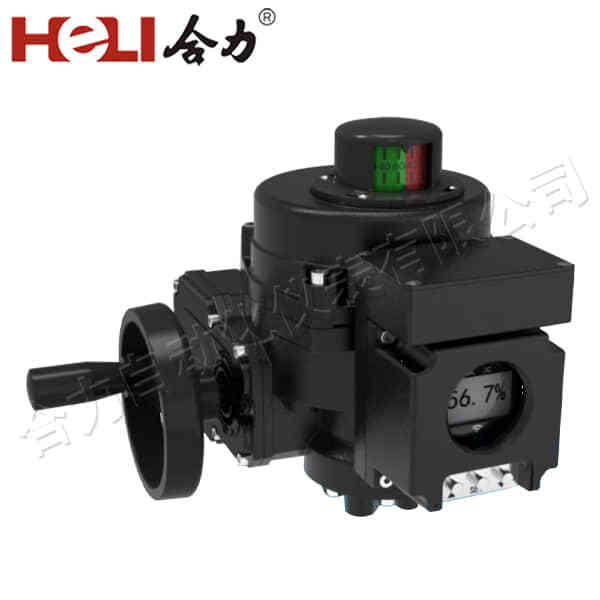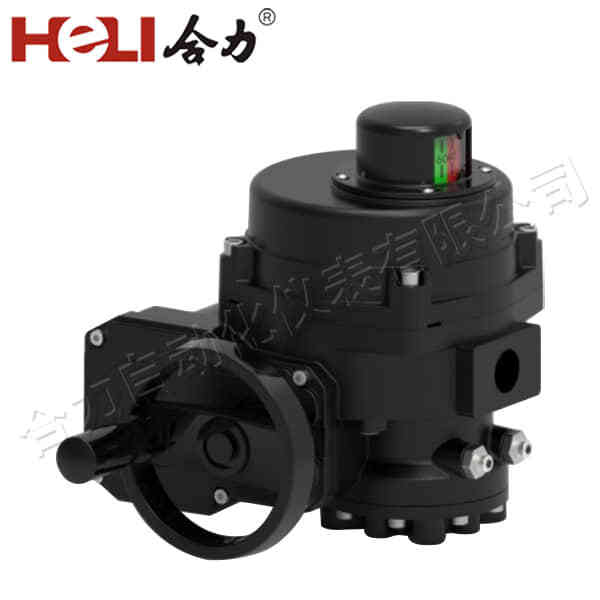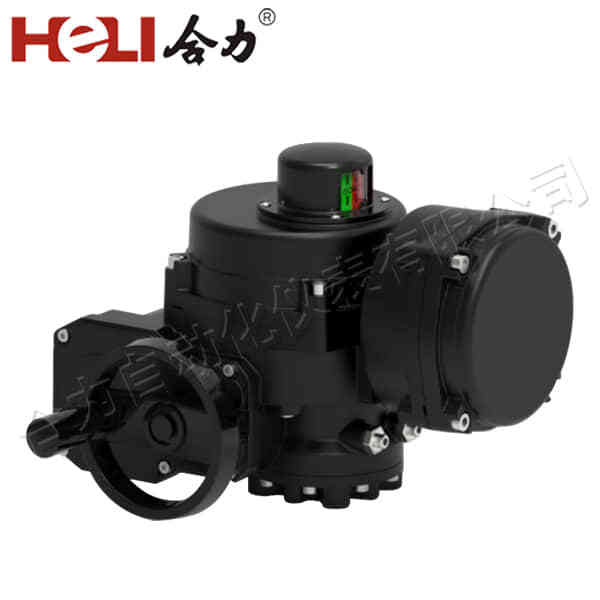Electric actuators have become an essential component in the world of automation, offering precise, reliable, and efficient motion control. By converting electrical energy into mechanical motion, these devices are capable of performing a wide range of tasks, from opening and closing valves to positioning machinery components in industrial systems. In this article, we will explore the technology behind electric actuators, their various types, applications, and advantages, along with their impact on modern automation processes.

What is an Electric Actuator?

An electric actuator is a mechanical device that uses electrical energy to create motion. This motion can be either linear (straight line) or rotary (circular), depending on the design of the actuator. The primary function of an electric actuator is to perform mechanical work by converting electrical power into physical movement. The core components of an electric actuator include the motor, gearbox, and a control system, which work together to drive the mechanical motion with great precision. Types of Electric Actuators Electric actuators come in various types, each designed to suit specific applications. The two most common types are:
